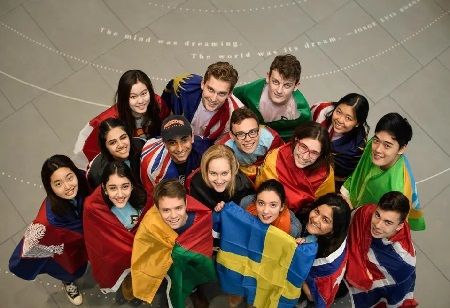- Australia raises its 2025 international student cap to 295,000, prioritizing Southeast Asian applicants and tying extra quotas to student housing investments.
- Visa costs more than doubled and stricter entry criteria introduced to curb misuse and ensure academic intent, drawing criticism from private education providers.
- Public universities benefit most from the policy shift, while concerns rise over equity, transparency, and Australia’s long-term global competitiveness in education.
Australia’s federal government, led by Prime Minister Anthony Albanese and Education Minister Jason Clare, has announced a significant upward revision in its limit on international student admissions. For 2025, a ‘National Planning Level’ of 295,000 new student places has been set, up from the previous cap of 270,000, and just 8 percent shy of the post COVID high watermark. This move reflects a recalibrated approach to balancing the economic benefits of international education with concerns about the impact of student-fueled migration on infrastructure, housing, and community well being.
Under this shift, priority is being given to applicants from Southeast Asian nations a strategy aligned with Australia’s Southeast Asia Economic Strategy to 2040, aiming to strengthen ties and deepen regional engagement. Institutions that invest in student accommodation or actively engage with Southeast Asia may apply for additional allocations beyond their standard quota. This incentive structure is designed to alleviate pressure on local housing markets by tying extra capacity to infrastructure development and to support strategic national priorities.
Visas remain a key lever in policy enforcement. On July 1, 2024, Australia more than doubled its student visa application fee from AUD 710 to around AUD 1,600 or higher, making it among the world’s steepest costs of its kind a move widely criticized by the education sector, particularly by English language providers facing visa denial rates and steep financial burdens. Additional requirements including higher English proficiency thresholds and reinforced ‘Genuine Student’ criteria have also been adopted to curb misuse of the student visa system and ensure academic intent.
The cap for 2025 distributes approximately 145,000 places to public universities, 95,000 to vocational education and training (VET) providers, and 30,000 to private universities and non university higher education providers, though private and independent colleges typically receive smaller allocation increases around 3 percent versus 9 percent for public institutions.
Also Read: Maharashtra holds a majority of institutions having NAAC accreditation: Official
Industry stakeholders have offered a mixed response. Research-focused institutions, particularly members of the Group of Eight, welcome the increased certainty and support for quality growth in STEM and engineering fields, but many private providers express concern over uneven distribution and limited transparency in cap allocation. Critics also warn that these policies may undermine Australia’s competitive edge globally and hinder economic and research contributions particularly for institutions that relied heavily on international revenue streams before cap restrictions.
Overall, Australia’s new approach signals a strategic shift: seeking sustainable growth in international education by restricting unfettered expansion, prioritizing regional partnerships, reinforcing visa integrity, and encouraging infrastructure development to support student wellbeing and community integration. The repercussions for students, institutions, and the broader national economy are still unfolding as the country adapts to this nuanced policy landscape.

